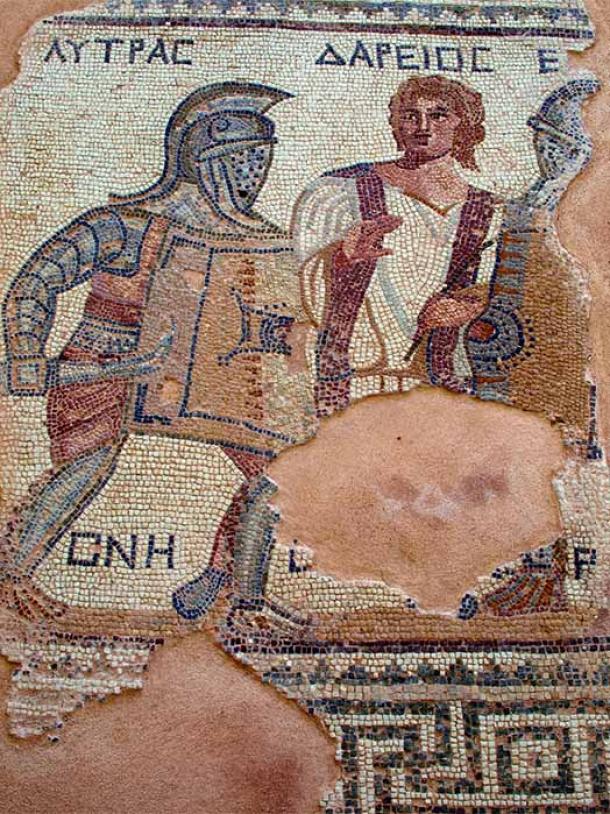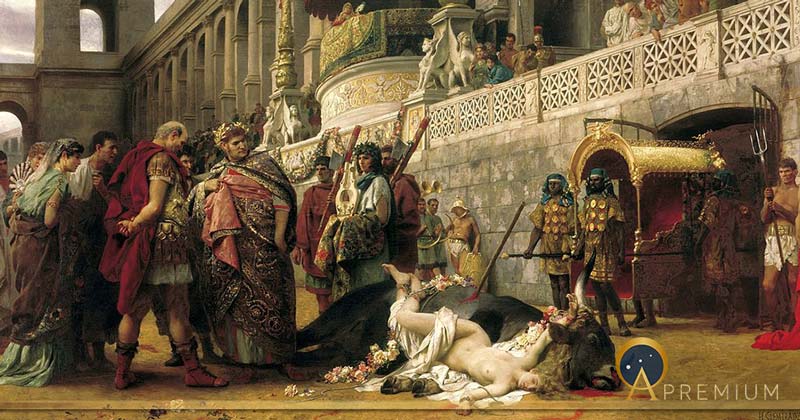Women Gladiators: Sensational Spectator Sport For Roman Audiences
It may all have started when female sword fighters performed at funerals in the very early days of Rome. There may also be some connection between women participating in chariot racing and women gladiators. The Greek Heraean Games were pivotal: they were a four-yearly female sports event dedicated to Hera and founded by the legendary Queen Hippodameia; they would later become a template for the Olympics and continued for centuries until suppressed by the Christians. Apart from the usual foot races, javelin throwing and so on, the games included female chariot races. According to Pausanias’ Description of Greece Hippodameia assembled a group known as the ‘Sixteen Women’ to organize the Heraean Games, during which the women competitors, incidentally, wore men’s clothes. A first-century AD inscription from Delphi records that two young women competed in races, possibly those at the Sebasta festival in Naples in the Roman Empire and during Emperor Domitian’s reign there were races for women at the Capitoline Games in Rome in 86 AD.

Hippodameia greeted by a seemingly genteel Centaur in a wall painting from Pompeii (ArchaiOptix/ CC BY-SA 4.0)
There is a tendency to think of gladiators only as men, thanks largely to some epic Hollywood films. However, women were not uncommon competitors in the amphitheaters around the Roman world, playing out the phony fights and grappling in close combat, much to the delight and carnal titillation of the audiences: the nearest the modern world has come to it, is probably female wrestling. The women were usually warm-up acts providing light relief in between the top-of-the-bill, crowd-pleasing gruesome and gory acts.

House of the Gladiators Kourion, Cyprus. The central figure (Darios) is positioned as a referee but wears a citizen's high-status toga or tunic with broad stripes (third century AD) (Klaus D. Peter / CC BY-SA 3.0)
Women gladiators might have shared their particular stage, for example, with an elephant walking on a tightrope – as at games arranged by Nero in honor of his mother, Agripinna the Younger, whom he had recently murdered. Roman historian Tacitus expresses outrage by female participation: ‘ Many ladies of distinction, however, and senators, disgraced themselves by appearing in the amphitheater’. The fact that these were rich women and had no need of manumission or celebrity suggests that they did it for the adrenalin. The historian Dio tells of another spectacle in which Nero, entertaining King Tiridates I of Armenia, put on a gladiatorial show featuring Ethiopian men, women and children.
Like this Preview and want to read on? You can! JOIN US THERE ( with easy, instant access ) and see what you’re missing!! All Premium articles are available in full, with immediate access.
For the price of a cup of coffee, you get this and all the other great benefits at Ancient Origins Premium. And - each time you support AO Premium, you support independent thought and writing.
Paul Chrystal attended the Universities of Hull and Southampton where he took degrees in Classics. He is author of over 150 books and articles. He is former History Editor for the Yorkshire Archaeological Journal and is the author of Women at War in the Classical World.
Top Image: Christian Dirce by Henryk Siemiradzki (National Museum, Warsaw) shows the punishment of a Roman woman who had converted to Christianity. At the Emperor Nero's wish, the woman, like mythological Dirce, was tied to a wild bull and dragged around the arena (Public Domain)
By: Paul Chrystal
















